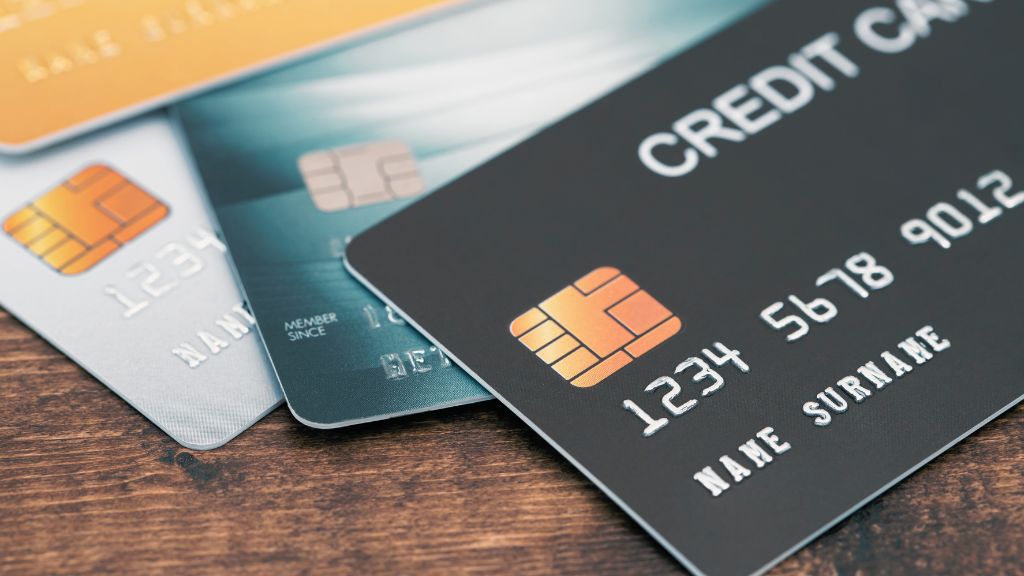Getting a credit card can seem like a daunting task, especially if you’re new to credit or worried about approval. However, with the right steps and understanding, it’s much simpler than you might think.
This guide will walk you through What Are the Easiest Ways to Get Credit Card, ensuring you feel confident and prepared for the process.
Understanding Credit Cards
Before diving into the steps, it’s essential to understand what a credit card is. A credit card allows you to borrow money up to a certain limit to make purchases or withdraw cash. You are required to pay back the borrowed amount plus any interest if you carry a balance month to month.
What Are the Easiest Ways to Get Credit Card?
1. Know Your Credit Score
Your credit score is a numerical representation of your creditworthiness, ranging from 300 to 850. This score is crucial because it significantly impacts your ability to get approved for a credit card. Here’s how you can find out your credit score:
- Check with your bank: Many banks offer free credit score access to their customers.
- Use online services: Websites like Credit Karma or Credit Sesame provide free credit score checks.
- Request a credit report: You’re entitled to one free credit report per year from each of the three major credit bureaus: Equifax, Experian, and TransUnion, available at AnnualCreditReport.com.
Also read: Is a Reverse Mortgage Right for Me?
2. Start with a Secured Credit Card
If you have a low credit score or no credit history, a secured credit card is one of the easiest ways to get started. Secured credit cards require a cash deposit that serves as your credit limit. For example, a $500 deposit will give you a $500 credit limit.
- Why it’s easy: Approval for secured credit cards is more lenient since the deposit reduces the risk for the issuer.
- How to get one: Apply online or at your local bank. Be prepared to provide your personal information and the deposit amount.
3. Consider Student Credit Cards
If you’re a student, you might qualify for a student credit card. These cards are designed for young adults with little to no credit history and often come with benefits like rewards on purchases.
- Why it’s easy: Issuers understand students are new to credit, so they have less strict requirements.
- How to get one: Many banks and credit card companies offer student credit cards. You’ll need to show proof of student status and some income.
4. Look into Retail Store Credit Cards
Retail store credit cards are another relatively easy option. These cards are issued by stores and can often be used only at that retailer.
- Why it’s easy: Retail cards typically have lower approval criteria, making them accessible for those with lower credit scores.
- How to get one: You can usually apply online or directly in the store. Keep in mind that these cards often come with higher interest rates.
5. Apply for a Credit Card with a Co-Signer
A co-signer is someone who agrees to be responsible for your debt if you can’t pay it. Having a co-signer can significantly improve your chances of getting approved for a credit card.
- Why it’s easy: The co-signer’s creditworthiness helps you get approved even if your credit is less than perfect.
- How to get one: Discuss with a trusted friend or family member willing to co-sign. Then, apply together, providing both of your information.
6. Explore Pre-Qualified Offers
Many credit card issuers offer pre-qualified or pre-approved offers. These offers are based on a soft inquiry into your credit, which doesn’t affect your credit score.
- Why it’s easy: Pre-qualified offers indicate a higher chance of approval.
- How to get one: Visit credit card websites and look for pre-qualification tools. Enter your information to see if you pre-qualify for any cards.
7. Improve Your Credit Score
If you’re not in a hurry, taking some time to improve your credit score can open up more credit card options with better terms. Here’s how:
- Pay your bills on time: Late payments can significantly hurt your credit score.
- Reduce your debt: Lowering your credit card balances can improve your credit utilization ratio.
- Check for errors: Regularly review your credit reports for mistakes that could be affecting your score.
8. Use Credit Card Comparison Websites
Websites like NerdWallet, Bankrate, and CreditCards.com allow you to compare various credit card options. These sites often have tools to filter cards by credit score requirements, making it easier to find cards you’re likely to qualify for.
- Why it’s easy: These sites provide detailed information and user reviews to help you make an informed decision.
- How to use them: Enter your credit score and other preferences to see tailored credit card recommendations.
Also read: How Often Should You Shop Around for Renters Insurance?
9. Apply Online for Ease
Applying for a credit card online is often quicker and more straightforward than doing so in person or via mail. Most credit card issuers have user-friendly online applications that guide you through each step.
- Why it’s easy: Online applications can provide instant approval decisions.
- How to apply: Visit the credit card issuer’s website and complete the application with your personal and financial information.
Conclusion
Getting a credit card doesn’t have to be complicated. By understanding your credit score, starting with easier-to-get cards like secured or student cards, and using tools to find pre-qualified offers, you can simplify the process. Improving your credit score over time will also open up more opportunities for better cards. Whether you’re new to credit or looking to rebuild it, following these steps can help you get the credit card that’s right for you.


